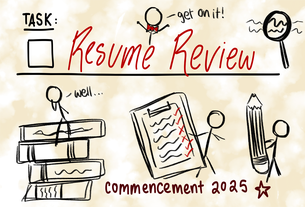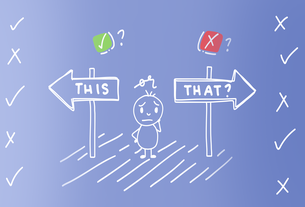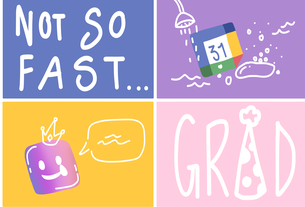{shortcode-5828dcf1f65c2c47ac38bd2bde6d9681c8cb49f2}
Under the leadership of an unconventional president, members of the Undergraduate Council mobilized this spring to challenge the priorities of a university currently engaged in an aggressive, multi-billion dollar fundraising drive with a public campaign of their own.
Fittingly titled “UC 250K,” the movement called on University President Drew G. Faust to grant the student governing body a six-figure increase in the pool of money it has available to fund the College’s roughly 400 student groups. The campaign culminated in a rally that drew a crowd of about 100 students who cheered on UC leaders shortly before they walked in to Massachusetts Hall to make their demands.
Harvard’s chief executive would not grant the UC’s request, and instead referred them to the deans within the Faculty of Arts and Sciences with direct control over its budget. And as UC leaders were shuffled from administrator to administrator, it became clear that the body most responsible for funding student organizations would not immediately be seeing a dime—let alone $250,000—of an increase to a budget that has been strained as the number of groups asking for funding has continued to rise.
This public clash between student leaders and administrators over the allocation of Harvard’s budgetary resources reflects a larger debate brewing over the proper place of extracurricular activities within the College’s educational model built on the values of the liberal arts. Administrators and faculty put forth a vision that prioritizes classroom learning as a means for undergraduates to cull critical thinking skills and develop a wide-ranging, rather than specialized, expertise.
While administrators maintain that what makes a Harvard education unique is the access to all-star faculty and vast academic resources, an increasing number of students say that something is missing. These students, seeking real-world skills, are opting to school themselves outside the classroom, charting their own educational courses and defining their undergraduate experiences on a thriving extracurricular culture in tension with Harvard’s institutional priorities.
A CULTURE OUTSIDE THE CLASSROOM
When students come to the College, one of their first opportunities to interact with upperclassmen is not in section, but at the fair that showcases the College’s extracurricular offerings. With Annenberg closed for dinner and peers eager to explore what opportunities await, freshmen trek to the Quad, only to be bombarded by flyers, hurried explanations of organizational missions, and requests to join email lists.
Few freshmen have the time or patience to stop at every booth at that fair. Today, there are 399 active, independent student organizations recognized by the College, according to Associate Dean of Student Life David R. Friedrich. That number does not include Harvard’s 65 club sports teams, the 86 student-directed service programs offered through the Phillips Brooks House Association, nor any groups that operate without official College recognition.
Over time, this number has steadily increased.
“It’s been a pretty tremendous increase,” Interim Dean of the College Donald H. Pfister says. “I would think probably in the last ten years there’s been 100 new student organizations.”
Student interest in particular groups has also grown. The Harvard College Consulting Group, for example, has seen a more than two-fold increase in the number of applications for membership it receives—from 105 in 2010-2011 to 339 this year—according to the group’s former director, Kenny A. Lee ’14. Likewise, the Institute of Politics, an umbrella organization composed of 13 undergraduate programs, saw a sharp increase in applications in the past year, according to President Eva A. Guidarini ’15.
{shortcode-149b61e2257230d288d6e720098b838236f27c57}
Large numbers of available extracurricular opportunities fuel a campus culture where heavy extracurricular involvement is the norm. Although freshmen are, with few exceptions, limited to a four-course academic load in the fall semester, students often join not one club when they arrive on campus, but four or five—or even 12. Rebecca J. Ramos ’17 says she joined 15 student groups her freshman year, among those three club sports teams, Harvard Model Congress, CityStep, the First-Year Social Committee, and the sorority Delta Gamma—on top of two jobs.


